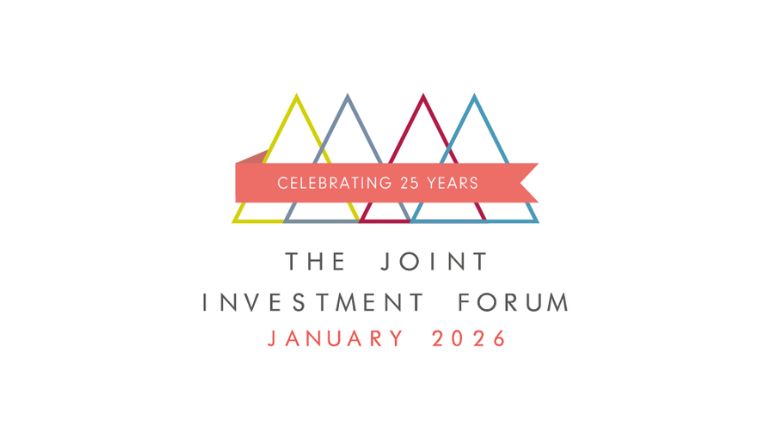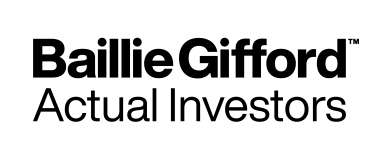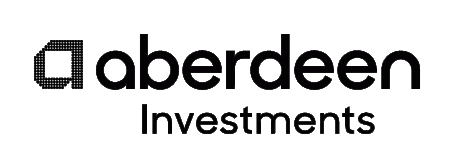The weakness of the technology sector has opened up markets – and created better conditions for active management.
- AJ Bell’s Manager versus Machine report shows 51% of active funds outperforming a passive alternative
- Over all the major IA sectors, the average was 42%, with Japan an outlier at 68%
- The five and ten-year numbers still look pretty grim for most active funds
While the success of MAGA may still be open for debate, it appears that Donald Trump may have MAFGA – Made Active funds Great Again. In interrupting the rise and rise of the technology giants, active fund managers in the Global sector have tentatively started to make their way up the performance tables. Could it be the start of a better period for active managers?
AJ Bell’s most recent Manager versus Machine report shows 51% of active funds outperformed a passive alternative in the first half of 2025. It’s the first time since the group launched the report in 2021 that managers have got close to a 50% win rate. The previous best was in December 2021, and 40% of them outperformed a passive benchmark.
However, the success of active managers wasn’t universal. Over all the major IA sectors, the average was 42%, with Japan an outlier at 68%. North American funds scored a 44% hit rate, but for Asia Pacific ex Japan, it was a dismal 11%. The UK and Europe ex UK saw similar percentages at 29% and 31% respectively.
The five- and ten-year numbers still look pretty grim for most active funds. Only global emerging markets funds come close to the 50% mark (46% over five years and 56% over ten years). In general, it appears, the sectors which have been weakest – GEM, Japan, Europe – have seen the strongest outperformance by active managers. This may be because only the stronger managers have survived. Unsurprisingly active managers in the North America and Global sectors are the weakest – just 17% of global managers have outperformed over ten years, and just 15% of North America managers.
Are we on the cusp of a turnaround? Laith Khalaf, head of investment analysis at AJ Bell, points out that, at 30%, the number of active funds outperforming a passive alternative is the worst ten-year reading seen since the index began. However, there have been understandable reasons for this – particularly the gap between large and small cap performance.
He says: “Tracker funds will usually be more heavily weighted to large cap stocks than the typical active fund, and active funds will tend to be more overweight medium and smaller companies … Unfortunately for active managers, in the last twenty years we’ve witnessed small and mid-cap outperformance give way to the dominance of the big blue chips and that’s particularly the case in the last five years. Ultimately this dynamic may well catch up with the passive machines in due course.” However, he admits it may take time to be reflected in ten-year numbers.
The past three months have seen small cap performance break out, with stronger performance from areas such as aerospace, defence and financials. This should power active management. It doesn’t necessarily address the arguments against active management in the longer term, but it does rebalance the case.


















